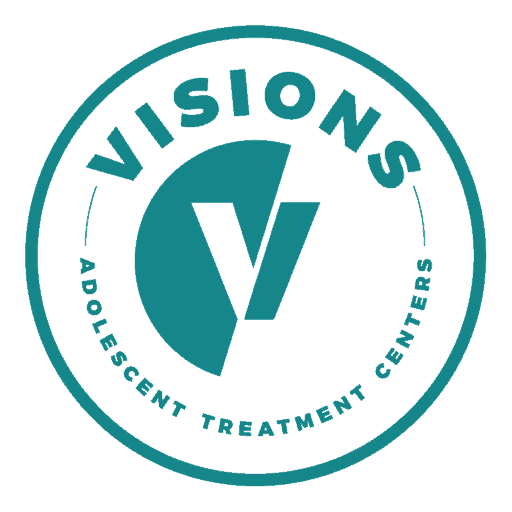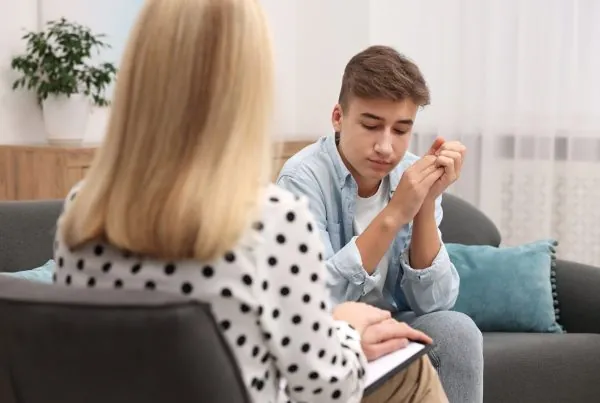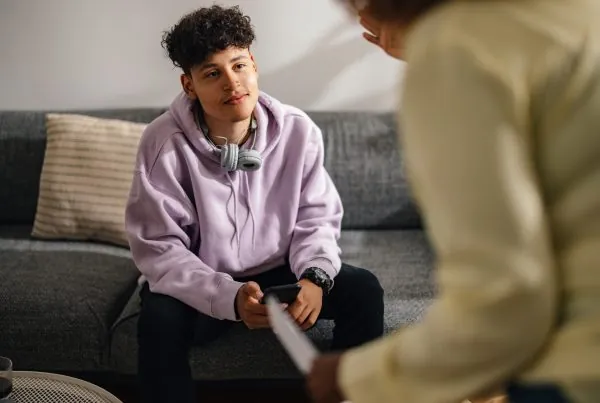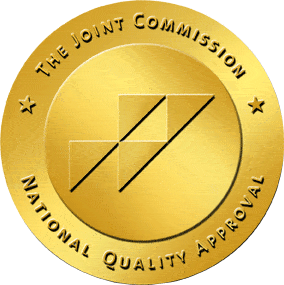OCD treatment center strategies combine evidence-based therapies, family support, and personalized care to empower teens. Explore five proven approaches – ERP, CBT, family therapy, medication management, and holistic techniques – used by leading centers to reduce symptoms and build resilience. Discover how these OCD treatment center strategies foster long-term recovery and help teens reclaim their lives from obsessive-compulsive disorder.
Watching a teen battle OCD can leave families feeling powerless. Rituals like endless handwashing or mental checking steal hours each day, while well-meaning advice only deepens shame.
But specialized OCD treatment center strategies offer more than temporary fixes – they provide science-backed tools to dismantle OCD’s grip. For teens, these methods aren’t just transformative; they’re lifelines to a future unshackled from fear.
Strategy 1: Exposure and Response Prevention (ERP)
Gradual Confrontation of Fears
ERP, the gold standard among OCD treatment center strategies, helps teens face anxieties without compulsions. A therapist might guide a teen terrified of contamination to touch a doorknob and delay washing hands.
Over weeks, the brain learns that anxiety peaks then fades naturally, weakening OCD’s hold. Centers tailor exposures to each teen’s triggers, ensuring exercises feel challenging yet achievable.
Real-World Application and Resilience
Treatment centers often simulate real-life scenarios. A teen with harm-related obsessions might write a story about a feared event without seeking reassurance. These exercises help build confidence in handling intrusive thoughts at school or home.
Strategy 2: Cognitive Behavioral Therapy (CBT)
Reframing Distorted Thoughts
CBT teaches teens to identify and challenge OCD-driven beliefs, like “If I don’t check the lock, my family will die.” Therapists use thought records to dissect these patterns, asking, “What evidence supports this fear?” Teens learn to replace catastrophizing with balanced thoughts: “My brain is sending a false alarm.”
Skill-Building for Everyday Triggers
Centers integrate CBT with ERP for a dual approach. A teenager obsessed with symmetry might practice tolerating uneven desk items while using cognitive-behavioral therapy (CBT) to counteract perfectionism. This combo helps teens apply skills during stressful situations, such as exams or social events, preventing relapse.
Strategy 3: Family-Centered Therapy
Ending Enabling Behaviors
Families often unknowingly reinforce OCD by complying with rituals (e.g., answering repetitive questions). OCD treatment center strategies include family therapy to set boundaries. Parents learn to respond, “I know this is hard, but remember how you confronted this feeling last week,” instead of complying with rituals. Affirming a teen’s ability to respond healthily and logically to their compulsive thoughts can strengthen their resolve in treatment.
Strengthening Communication
Therapists guide families in expressing support without judgment. Role-playing exercises help parents validate emotions (“I see you’re scared”) while encouraging ERP practices and other evidence-based modalities. Research also shows that family involvement can significantly amplify the progress already made through one-on-one talk therapy, whether by reducing family accommodation behaviors or keeping a teen in treatment.
Strategy 4: Targeted Medication Management
SSRIs and Symptom Relief
Selective serotonin reuptake inhibitors (SSRIs) like fluoxetine are commonly prescribed alongside therapy. These medications reduce OCD symptom severity by balancing brain chemistry, making it easier for teens to engage in ERP. Centers conduct genetic testing when necessary to minimize side effects, such as fatigue.
Monitoring and Adjustments
Psychiatrists at OCD treatment centers track progress through regular check-ins. If a teen experiences insomnia or mood swings, dosages are adjusted. Medication isn’t a standalone solution, but a tool to amplify the benefits of therapy.
Strategy 5: Holistic and Experiential Therapies
Mindfulness and Stress Reduction
OCD treatment center strategies often include mindfulness training to help teens observe intrusive thoughts without reaction. Guided breathing exercises or yoga sessions teach them to sit with discomfort, reducing the urge to act on compulsions. A teen might visualize thoughts as passing clouds, reinforcing that they aren’t facts, and that their intrusion will end without consequence.
Creative Expression and Peer Support
Art or music therapy provides non-verbal outlets for processing emotions. A teen drawing their OCD as a “monster” externalizes the struggle, fostering a sense of control. Art also serves as a healthy and effective outlet for stress, frustration, and anxiety, allowing these negative emotions to be processed and soothed in a productive manner.
Creative expression and peer support can also improve a teen’s emotional regulation and double as effective coping mechanisms. Group therapy connects teens with peers facing similar battles, reducing isolation and modeling recovery success.
The Benefits of OCD Treatment Center Strategies
Improved Daily Functioning
Untreated OCD consumes hours with compulsions (e.g., handwashing, checking locks) and intrusive thoughts, derailing school, hobbies, and relationships. Evidence-based treatments, such as Exposure and Response Prevention (ERP), help teens reclaim time and mental energy.
Academic and Social Reintegration
Post-treatment, teens re-engage with school and friendships. A student once paralyzed by perfectionism might join a club, using CBT techniques to manage anxiety. Centers often collaborate with schools to ease transitions, ensuring accommodations like extra time for ERP practices.
Preventing Chronic Mental Health Issues
Early intervention with OCD treatment center strategies disrupts the cycle of avoidance and shame. Teens who master ERP and CBT are less likely to develop depression or substance use disorders, with 60% maintaining symptom relief into adulthood.
Strengthened Social Skills and Self-Esteem
OCD isolates teens through shame or avoidance. Therapy helps build confidence in navigating social settings, while group sessions help alleviate feelings of being “broken.” Over time, teens rebuild trust in their ability to handle challenges without rituals.
Family Harmony
Untreated OCD strains families – parents may enable compulsions or become desperate in their frustrations. Teens may blame themselves or struggle to develop healthy self-esteem due in part to their condition. Family-inclusive therapy teaches healthier communication and boundaries, reducing conflict, fostering mutual support, and reemphasizing the importance of compassion and patience in treatment (including self-compassion).
OCD Treatment at Visions Treatment Centers
OCD treatment center strategies offer more than symptom management – they equip teens with skills to thrive beyond their diagnosis.
By combining ERP, CBT, family support, and holistic care here at Visions Treatment, teens can address OCD’s roots while nurturing personal strength and resilience. For families, this means hope: OCD doesn’t have to define their teen’s future.
